What In The World Is Klecksography ?
1
Klecksography is the art of making images with inkblots. Spots of ink are dropped onto a piece of paper, which is then folded while still wet to create mirrored patterns. Symmetry most powerfully stimulates, apophenia, the human tendency to see meaningful patterns in random data.
The history of using inkblots as tools for stimulating imagination can be traced back as far as the late 1400’s. Both Leonardo da Vinci and Boticelli used them.
Interest in this practice grew wider in the late 1800’s when physician and poet Justinus Kerner collected his studies in a book Klesksographien, which was published posthumously. Kerner, also a mystic poet, felt that such drawings not only brought him in closer contact with deeper aspects of his nature but also drew him closer to the spirit of nature.
Around the same time, a similar game was described in the book Gobolinks or Shadow-Pictures For Young And Old (Stuart and Paine), which explained how to make inkblot monsters and use them as prompts for imaginative writing.
Some years later, psychologist Hermann Rorschach made the most enduring contribution to this practice. As a child he enjoyed klecksography so much that his friends nicknamed him “Klecks” (inkblot). While studying Freud’s work on dream symbolism (under the tutelage of Eugen Bleuler, who also taught Carl Jung), Rorschach’s interest in klecksography was rekindled. He published his book Psychodiagnotik (1921) and invented his now famous Rorschach Test, seeing it as a potent tool to stimulate visual free association, which would in turn uncover unconscious tendencies and desires, much like Freud used verbal free association. (From hundreds, Rorschach selected ten inkblots, designed to be as ambiguous and “conflicted” as possible.) Since then, many other psychologists have refined the Rorschach Test and used it as a tool for studying the subconscious. In the 1960’s it was the most widely used projective test.
I’ve found exploring inkblot symmetries extremely rewarding. The perceptual transformation that occurs when making them and the visual skills this practice kindles has influenced my art in many ways.
Here’s a sampling of my most recent digital inkblot studies.
What do you see in them?
View more of my inkblots here.
View some of my finished works of art that were influenced by klecksography here.
See more in my exhibit New Work 2016.
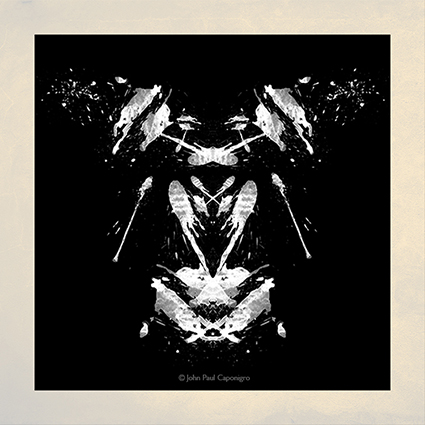
2
3
4
5
6
7
8
9
10


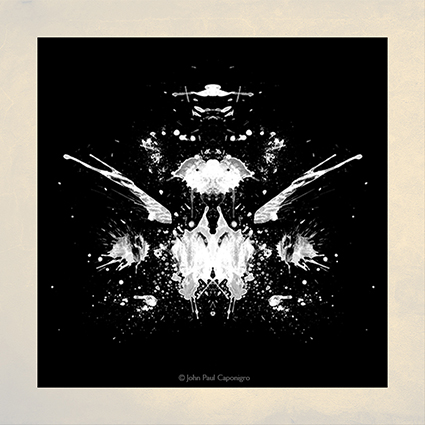
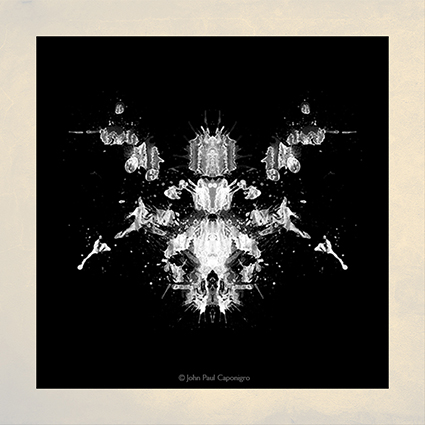
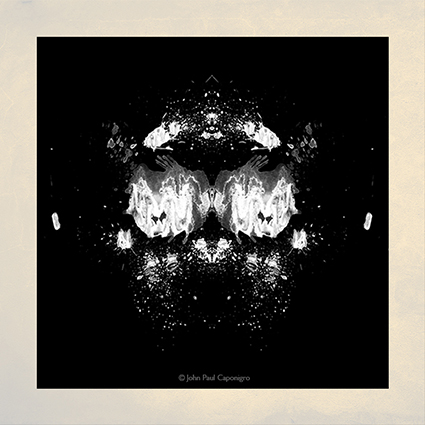
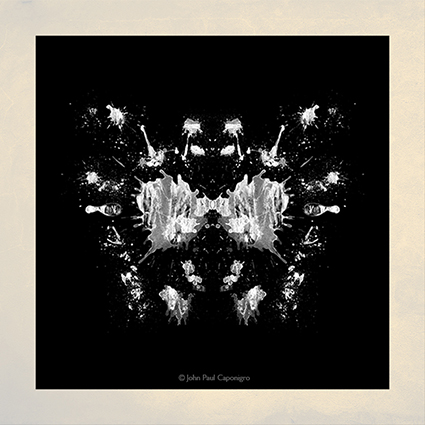

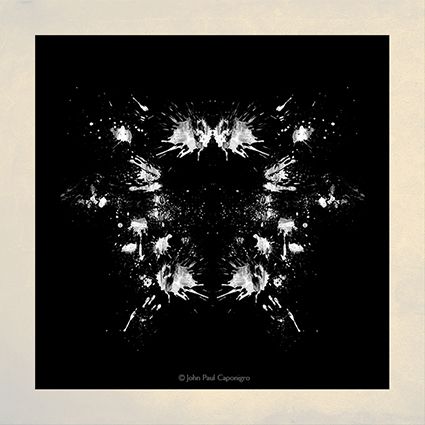
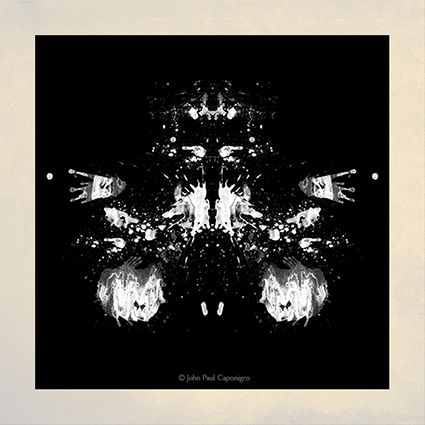

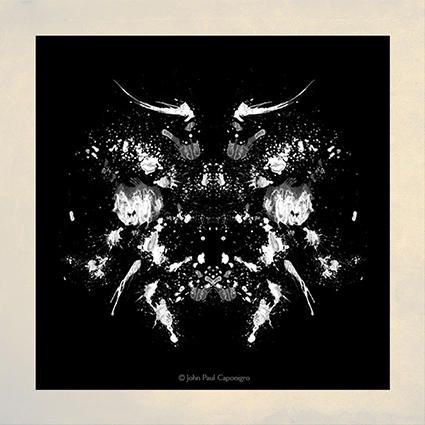
No Comments